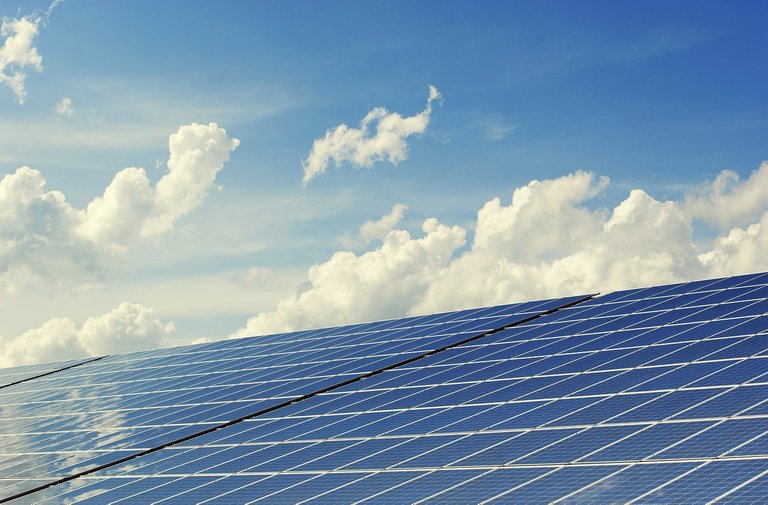From Canada, an economic technique that can be reproduced on an industrial scale to exploit the ability of bacteria to derive energy from light: it is also effective in low light environments, and uses a process similar to photosynthesis.

Credits
A truly ingenious solution to improve the performance of solar panels in the event of unfavorable weather, comes precisely from a country of great open spaces, where the cloudy days, as well as rigid, certainly are not lacking. In fact, a group of researchers from British Columbia (Canada) has developed solar cells powered by bacteria that work efficiently both on sunny days and in those where the brightness is not exceptional.

Credits
COPY FROM NATURE
After all, the microscopic organisms were the first, on Earth, to exploit sunlight to obtain energy: the one described in the scientific journal Small is only the latest in a series of attempts to imitate photosynthesis to make solar cells (the unit base of solar panels) capable of operating in various weather conditions.
In the past, the biogenic solar panels (ie deriving from living organisms) were based on the extraction of photosynthetic pigments from the bacteria, an extremely expensive process that requires the use of toxic solvents. Canadian researchers have solved the problem by leaving the pigment inside the bacteria. They have engineered E. coli specimens to produce large amounts of lycopene, the pigment that gives the tomatoes the red color, particularly efficient in obtaining energy from light; they coated the bacteria with a mineral that acted as a semiconductor (ie a material that has an intermediate electrical conductivity, linked to temperatures) and finally applied the mixture to a glass surface.
WORKS VERY WELL
The solar cell thus obtained generated a current density of 0.686 milliamps per square centimeter, almost twice the previous record for biogenic panels. Also the costs would be drastically reduced: it is estimated that to produce the pigment directly to the bacteria, without trying to extract it, involves a tenth of the expense. The ideal would be to not kill bacteria by coating them with semiconductors: leaving them alive (in this first study, it was not possible) could produce lycopene in a continuous cycle.
As the process remains efficient even in low light conditions, it can be exploited in mines, underwater explorations or other poorly lit environments.
Nature has solutions for all our problem we just have to find them
https://steemit.com/nature/@naveed80500/pakistan-s-beautiful-neelam-valley-ajk-hd-called-paradise-of-kashmir
Vote and resteem my video
100SP 200SP 300SP 400SP 500SP 750SP 1000SP 2000SP 3000SP 4000SP 5000SP 10,000SP 25,000SP